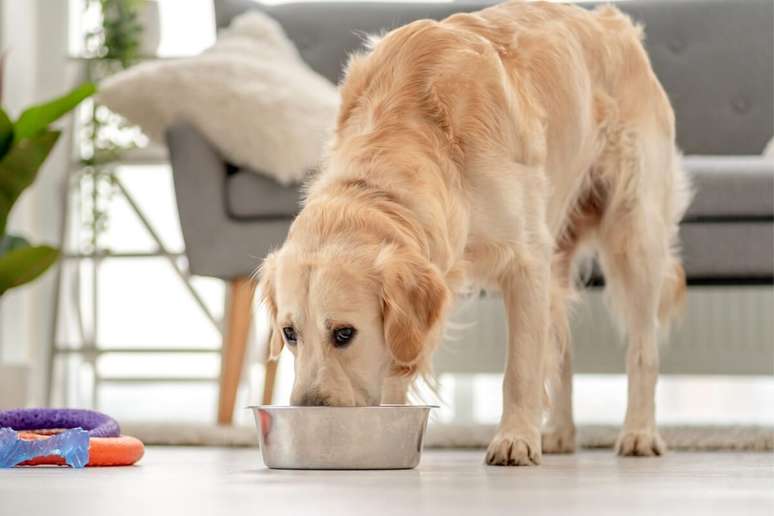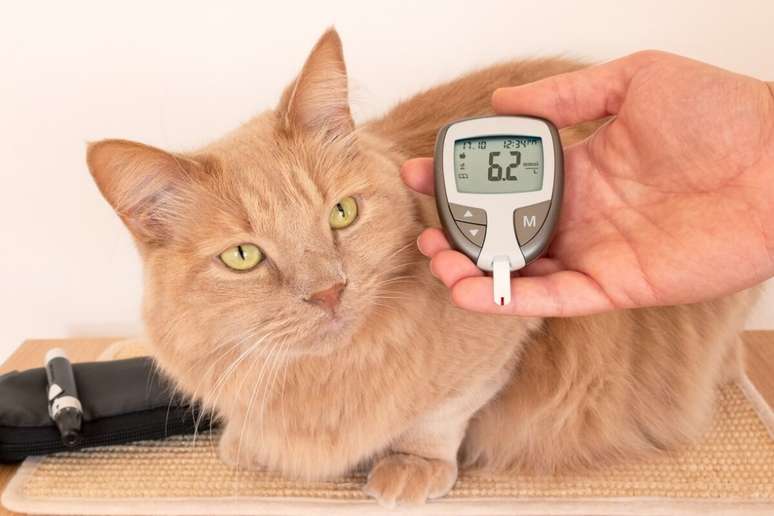The vet explains how to maintain the health of dogs and cats living with the disease
Just like humans, pets can also get diabetes. According to data from Petlove’s Chronic Patient Care Program, 11% of pets The participants, suffering from chronic diseases, live with diabetes, a dangerous disease capable, in advanced stages, of causing sudden blindness in dogs and slow weight loss in felines.
Therefore, medical monitoring is essential for the health of animals. This is because diabetes is considered a chronic disease, which has no cure. Petlove veterinarian Joana Portin explains that the causes of the condition are multifactorial. “There are several factors that cause diabetes in dogs and cats. The most common are obesity and a sedentary lifestyle, but we cannot ignore genetic predisposition and the use of corticosteroids, which can lead to the disease,” explains the specialist.
Symptoms of diabetes in animals
To detect the symptoms of the disease, owners must pay close attention to their animals, as some signs may go unnoticed. These include:
- Excessive thirst;
- Increased urine production;
- Increase of appetite;
- Weight loss;
- Increased urine throughout the house;
- Accumulation of ants around the pee (can easily go unnoticed by owners, especially in cases where there is no veterinary supervision).

Care of diabetic animals
Prevention is important, but knowing about diabetes treatment is important animals so that the condition does not worsen becomes even more necessary. “The main goal of treatment is to reduce clinical symptoms through daily and continuous control of the disease,” emphasizes the veterinarian.
Take care of pets for diabetics it is necessary to maintain a routine with a balanced diet, regular exercise and other veterinary recommendations. Joana Portin offers some tips that can help in everyday life:
1. Proper nutrition
There are specific feeds for diabetic animals on the market, which are rich in fiber and help regulate blood sugar levels. In addition, the diet must be recommended by a veterinarian, such as an endocrinologist and a nutritionist, and normally includes foods with up to 30% carbohydrates rich in fiber.
“The specialist must determine the frequency of meals, adapted to the timing of insulin injections. Maintain a regular routine of food It is essential to avoid fluctuations in blood sugar levels. Food should always be served in the same quantity and at the same times”, explains Joana Portin.
She also says it is important not to offer human food to diabetic pets. “It is always important to remember that diabetic pets should not consume sweets, chocolates, non-diet snacks and other foods such as bread, rice and fruit that are high in natural sugars,” she warns.
2. Physical activity and routine
Exercise should be aligned with the diet and routine of a diabetic pet. “This practice is essential to control blood sugar levels and it is important for the owner to keep the animal hydrated, to avoid dehydration and fluctuations in blood sugar levels and ensure the general well-being of the animal. pet“, adds the vet.
3. Insulin syringes and castration
Insulin doses in the treatment of pets Diabetics are daily, just like with humans. It is important to emphasize, however, that the quantity must be prescribed exclusively by veterinarians, who will evaluate the case individually. “In the case of females, the castration is highly recommended. This is because it can prevent hormones from interfering with the action of insulin,” concludes Joana Portin.
By Gustavo Mattos
Source: Terra
Ben Stock is a lifestyle journalist and author at Gossipify. He writes about topics such as health, wellness, travel, food and home decor. He provides practical advice and inspiration to improve well-being, keeps readers up to date with latest lifestyle news and trends, known for his engaging writing style, in-depth analysis and unique perspectives.









